
Hyperpigmentation is a skin concern where some patches of the skin are a different colour and texture to other areas. You’ll hear us talk about it a lot - and that’s because it affects a lot of people!
Whether it’s triggered by the sun, hormones, or aging, most of us have experienced a type of skin pigmentation at some stage in our lives. To effectively treat it, you first need to understand what’s triggering it. Here are the 5 types of pigmentation you might be experiencing.

The 5 Types Of Skin Pigmentation
1. UV-Driven Pigmentation
Appearance: Freckles
Trigger: Sun exposure
Treatment: A broad-spectrum daily SPF
Freckles might look cute - and are largely hereditary - but they signal increased exposure to UV rays which can damage the skin over time. A daily SPF, such as our Defend+Restore Mineral SPF50 Serum, can help protect the skin from UVA and UVB rays.
2. Solar Lentigo
Appearance: dark brown spots on the skin, sometimes known as liver/age spots
Triggers: sun exposure, aging
Treatment: Stem-cell skincare, a broad-spectrum daily SPF
Solar Lentigo is the technical term for what we often call ‘age spots’, and is another type of skin pigmentation caused by overexposure to UV rays. It’s the result of an accumulation of melanin over time, which is why it most commonly occurs in those over 40.
At Mazillo, we harness the power of plant stem cell technology to target hyperpigmentation and its triggers. Our lab studies have shown that ingredients like Orpheus & Calendula Flower Stem Cells not only improve pigmentation but protect aging skin and act as a UV filter too! You can find them in our Defend+Restore Mineral SPF50 Serum.

3. Hormonally Driven Pigmentation (Melasma)
Appearance: Typically symmetrical brown or gray patches on the face
Triggers: Hormones, pregnancy, sun exposure, contraceptive medication, thyroid issues, autoimmune conditions, lifestyle and diet
Treatment: Prescription topical treatments, dermatology treatments like microdermabrasion and chemical peels, a broad-spectrum daily SPF
Ugh, another way hormones affect our skin! Melasma often occurs in women who are pregnant, on hormonal contraception, or undergoing hormone replacement therapy. However, it can be triggered by anything that disrupts your hormonal balance. And don’t forget about your daily SPF: melasma can also be triggered or worsened by UV rays.
4. Post-Inflammatory Hyperpigmentation
Appearance: Flat areas that are pink, red, or brown, depending on skin tone
Triggers: trauma to the skin, harsh skincare products, inflammation from acne
Treatment: gentle and natural skincare, plant-stem cell skincare
Post-inflammatory hyperpigmentation happens when the skin ramps up melanin production after inflammation, trauma, or injury. It’s more common in darker skin tones according to the Fitzpatrick skin types and usually presents as brown spots. Since it can be triggered by using harsh chemical skincare products, it’s best to opt for gentle and natural ingredients instead.
5. Post-Inflammatory Erythema
Appearance: pink, red, or purple uneven patches on the skin
Triggers: Post-breakout, excess sebum, harsh products, bacteria on the skin
Treatment: gentle skincare for your skin type, stem cell skincare.
Have you ever noticed that after a breakout (especially if you’re guilty of picking and popping!) you have patches of pinky-red patches on the skin?
That’s because capillaries (small blood vessels) have become dilated or damaged during the inflammation stage. This usually occurs in lighter skin tones according to the Fitzpatrick skin types.
You can manage both Post-Inflammatory Hyperpigmentation and Post-Inflammatory Erythema with anti-inflammatory skincare. In our lab research, we found that Bulgarian Rose Stem Cells are an effective natural ingredient that fights acne and reduces inflammation by 33% after just 28 days of use. You can find it in our Purify+Nourish Face Mask.

The Bottom Line
In essence, hyperpigmentation is when an area of skin is darker than surrounding areas due to an increase in melanin or, in the case of Post-Inflammatory Erythema, when capillaries are damaged. It can appear as freckles, age spots, dark spots, red spots, and uneven patches.
Your skin is as unique and perfect as you, whether it’s even or not, but if we’ve learned anything from all 5 types of hyperpigmentation it signifies how we can better take care of it. Remember to wear broad-spectrum sun protection every day to protect against UV rays, choose skincare products that are gentle on the skin to avoid trauma, and opt for ingredients that reduce inflammation, such as plant stem cells.
Our Defend+Restore Mineral SPF50 Serum is a shield from sun photoaging, fights inflammation, strengthens the skin barrier, and helps decrease pigmentation - all rolled into one bottle! Whatever your pigmentation type, you can discover the benefits of a daily SPF today.
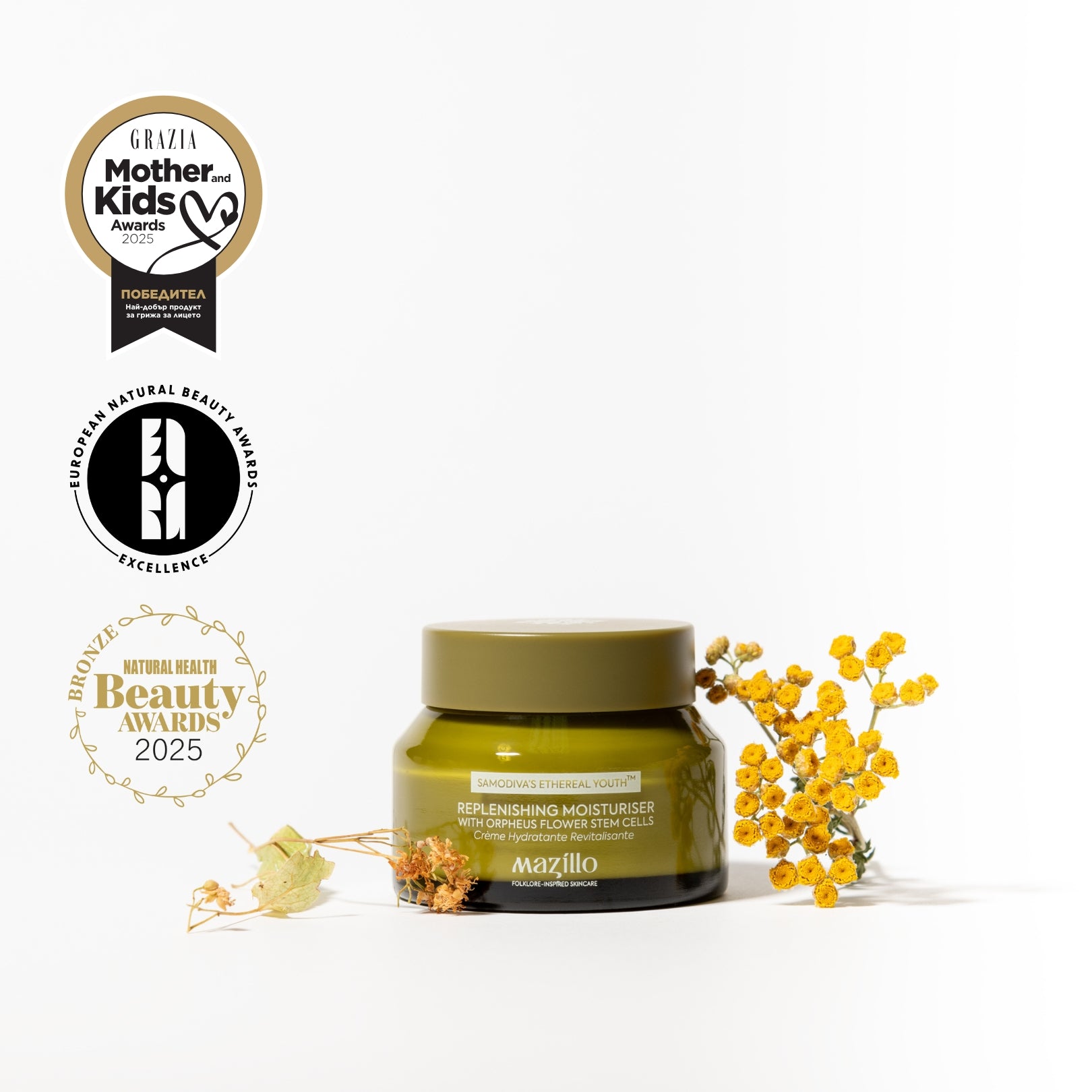
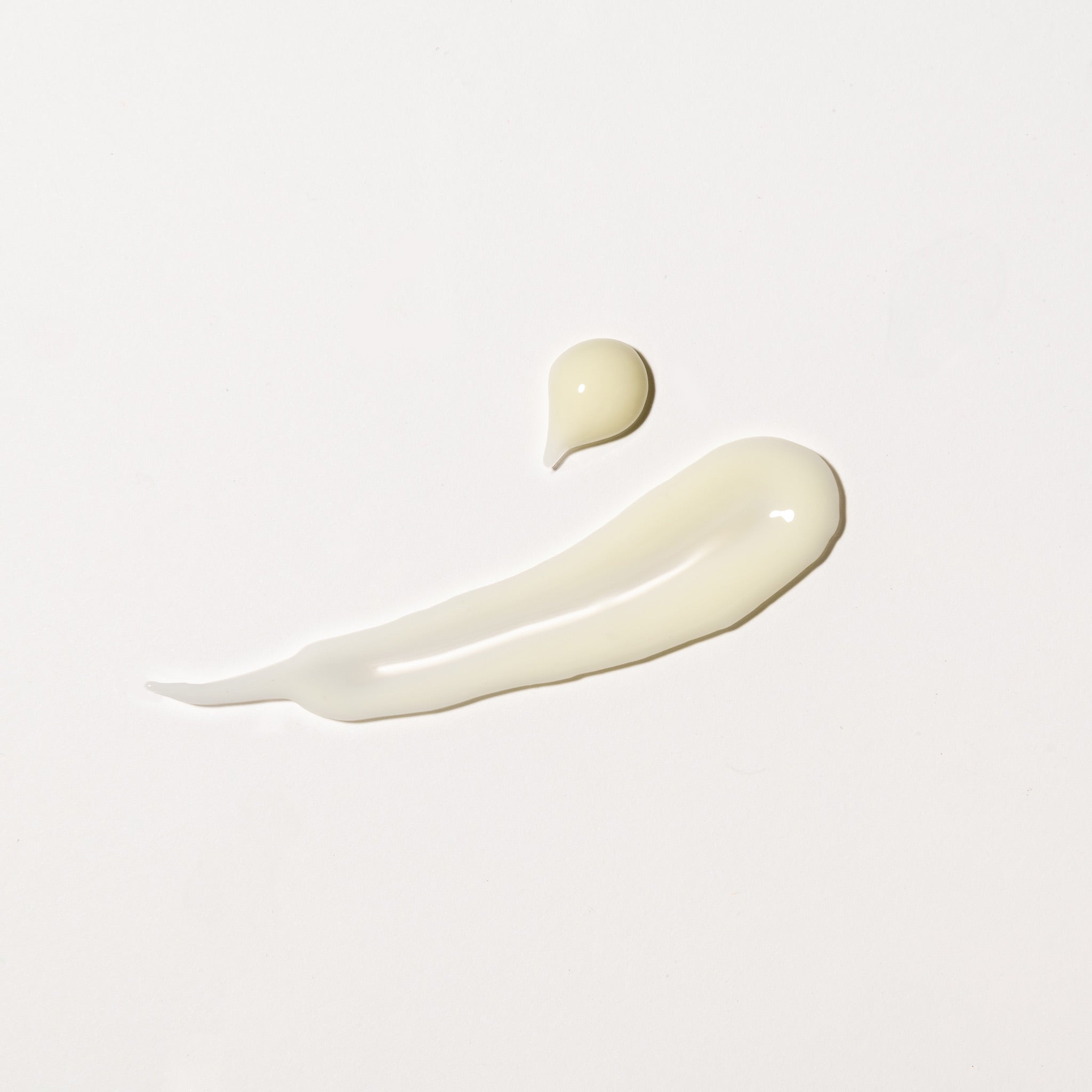
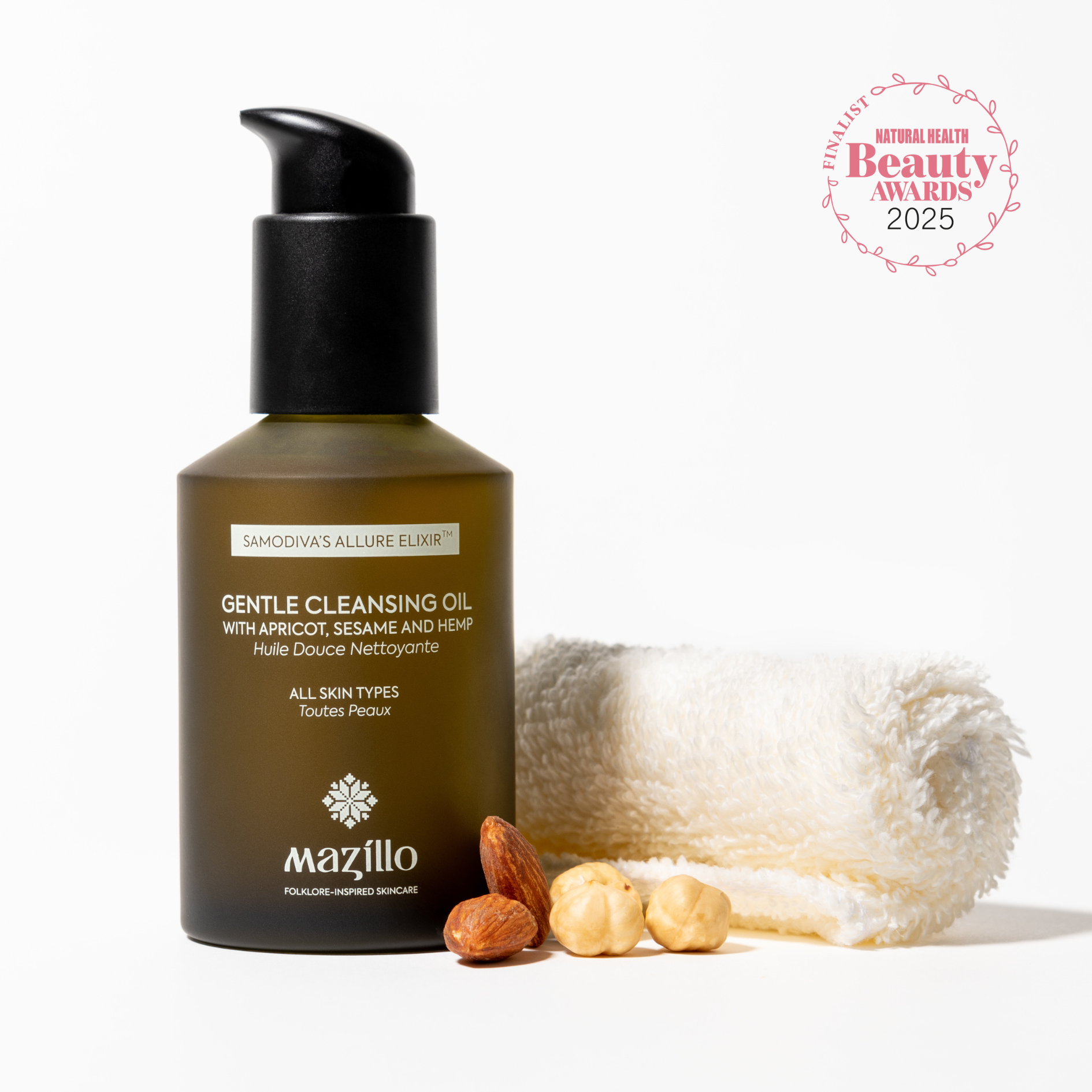

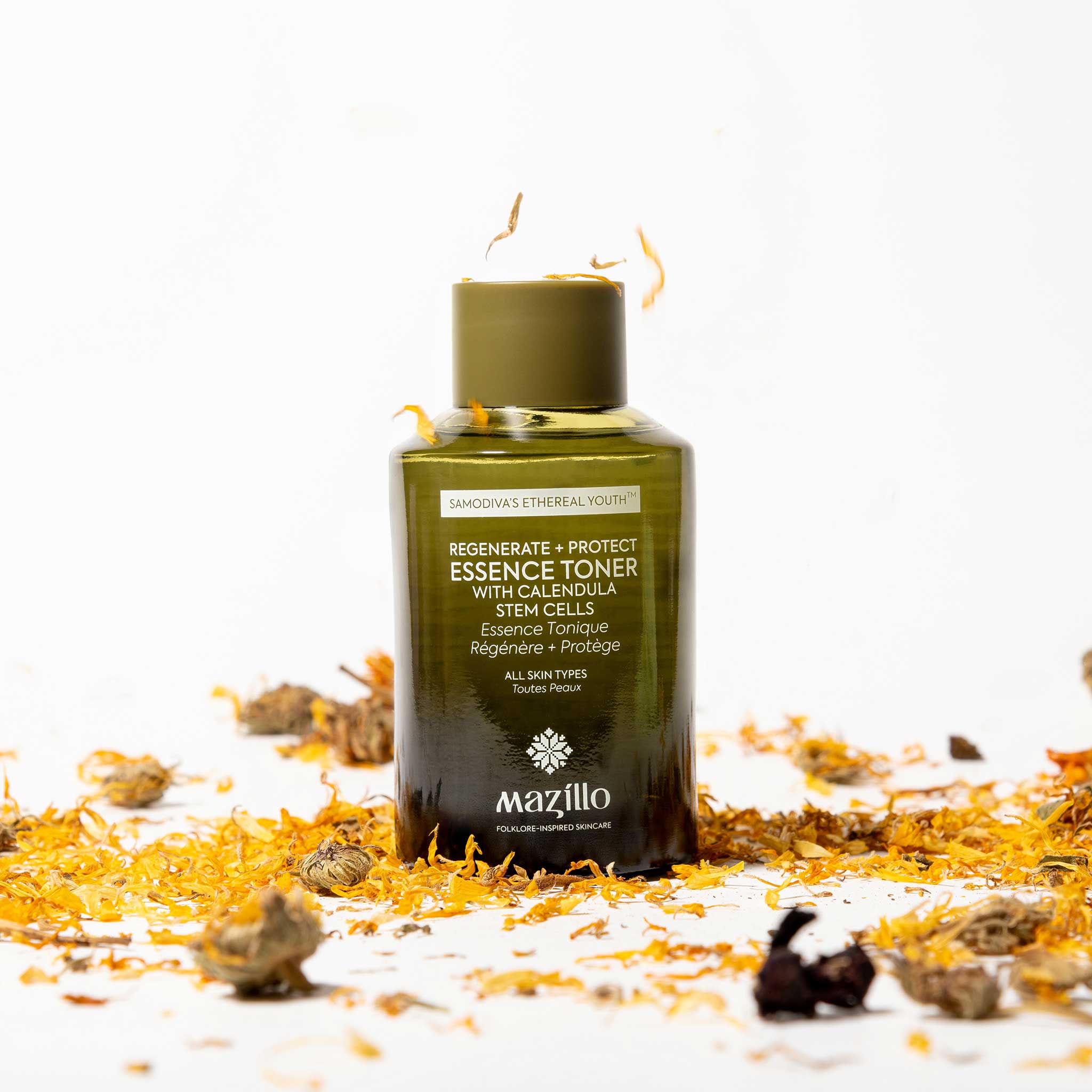
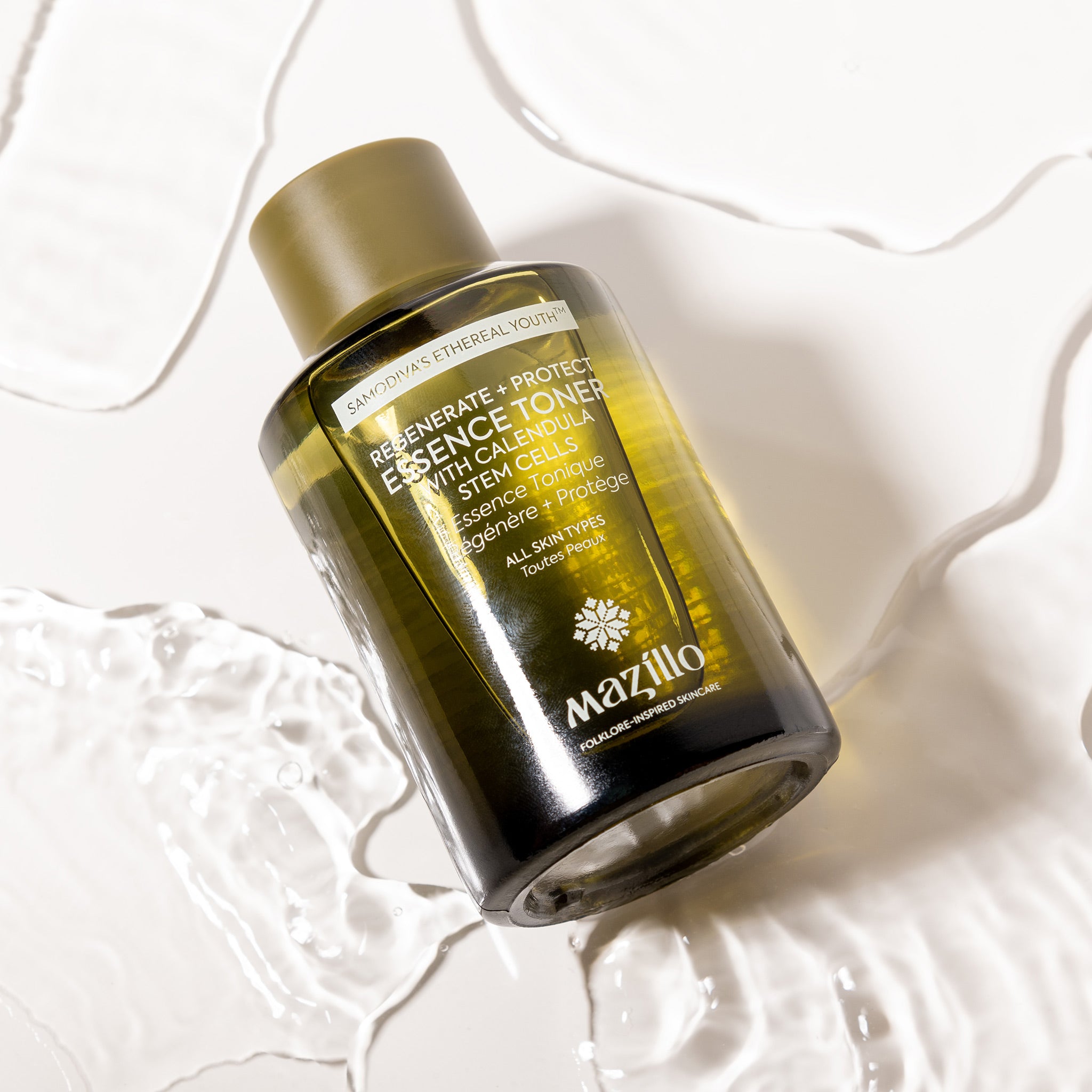

Leave a comment